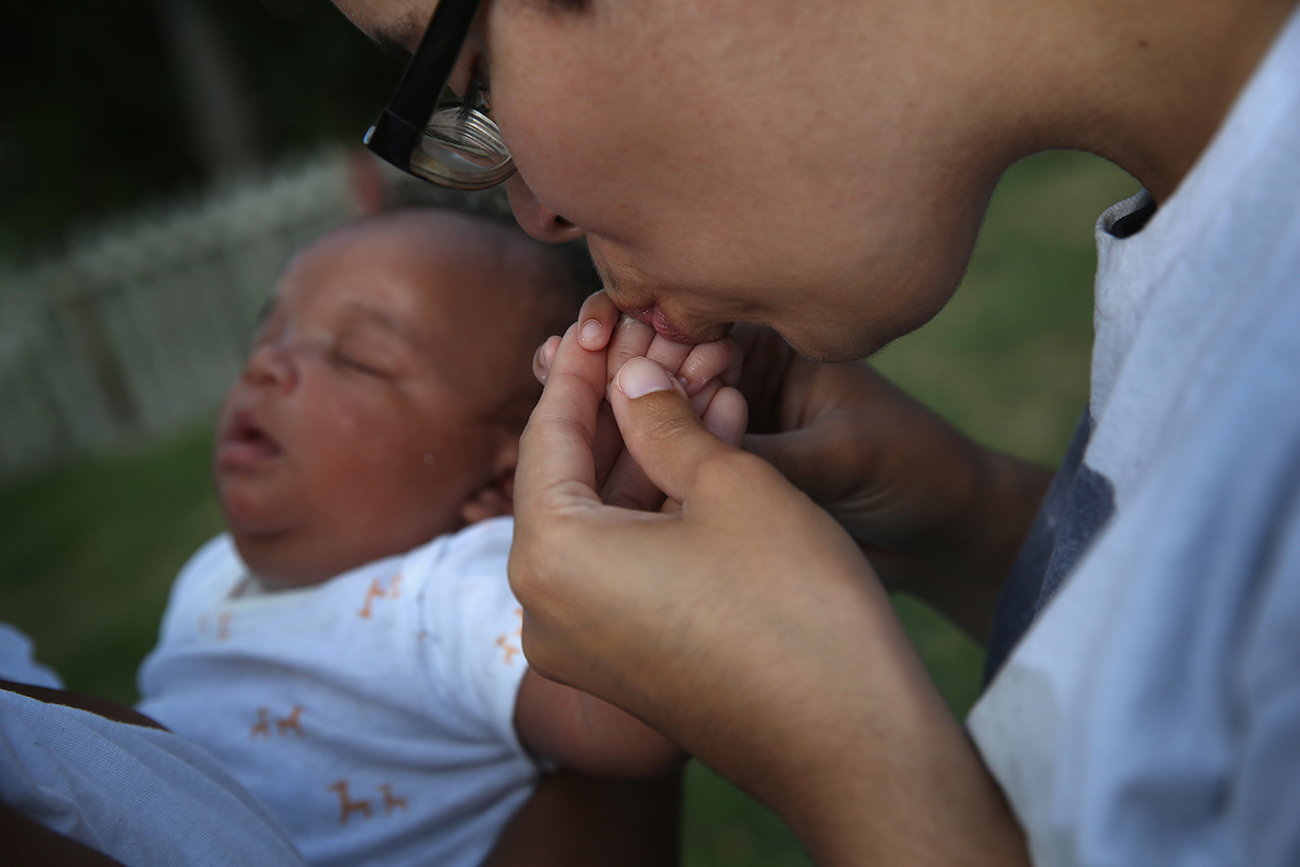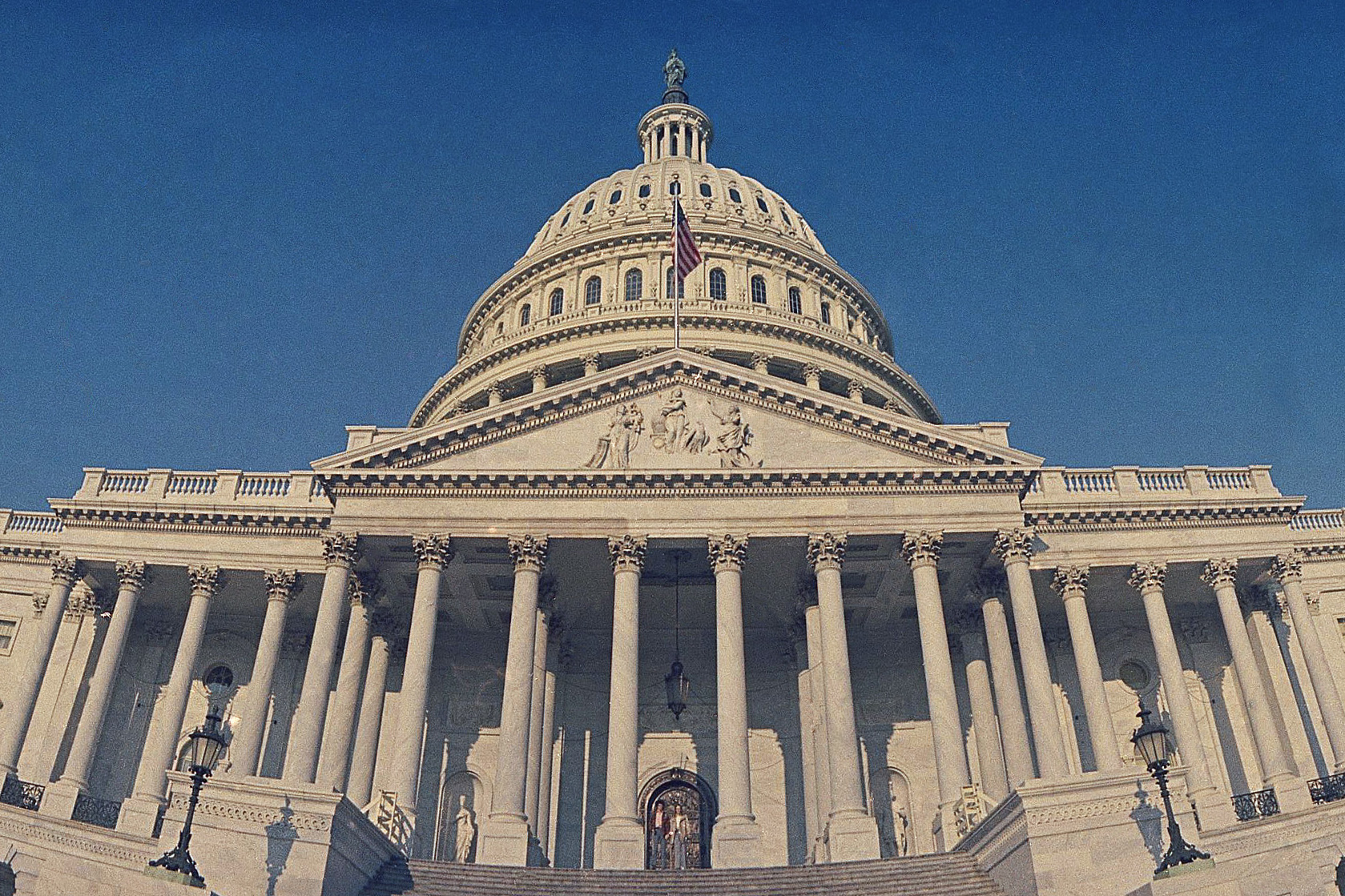A week into Amy Coney Barrett’s nomination hearings for the United States Supreme Court, some distinctly controversial themes have emerged, including her views on abortion — a particularly hot topic for the court given the current president’s promise to overturn Roe v. Wade — and her long-time opposition to the constitutionality of the Affordable Care Act, which is one of the first major cases that will be heard before the court this fall. But one impending Supreme Court case going largely unaddressed will have major implications for LGBTQ families and the U.S. foster care and adoption system. If Barrett is confirmed on Monday, she will be seated on the Supreme Court in time to hear it.
This November, the Supreme Court will hear arguments on Fulton v. City of Philadelphia, which will decide whether foster and adoption placement agencies have the right to use their religious beliefs as an excuse not to comply with nondiscrimination protections.
Get TalkPoverty In Your Inbox
In 2018, the Philadelphia Department of Human Services (DHS), the city’s child services department, stopped referring prospective foster and adoptive parents to Catholic Social Services for certification and oversight after a story in the Philadelphia Inquirer revealed that the agency was actively discriminating against gay and lesbian couples for religious reasons. When Catholic Social Services refused to change their stance on licensing queer foster parents, the city allowed their foster certification contract to lapse; the subsequent lawsuit, which is now pending before the Supreme Court, claims that the city violated their religious freedoms by ending their contract for this reason.
Barrett has expressed a number of beliefs in her public life that suggest bias against the LGBTQ community. She was a signatory on a letter to the Catholic leadership expressing commitment toward “the significance of sexual difference and the complementarity of men and women…and on marriage and family founded on the indissoluble commitment of a man and a woman.” She described the application of Title IX protections to transgender people as a “strain,” and has openly opposed marriage equality. She was also faculty for the Blackstone Legal Fellowship, which is run by a law firm whose executive director recently argued for reestablishing criminal penalties for consensual queer sex.
Fulton is not the only way in which LGBTQ rights within the foster system have been questioned this year. An executive order issued by President Trump in late June, titled “Strengthening the Child Welfare System for America’s Children,” does not directly address the upcoming Supreme Court case, but it does seek to solidify the rights of faith-based organizations to work in the child services field, and to clearly solidify their First Amendment rights to engage in this work — the very argument up for debate with the Supreme Court.
The order states: “This guidance shall also make clear that faith-based organizations are eligible for partnerships under title IV–E of the Act (42 U.S.C. 670 et seq.), on an equal basis, consistent with the First Amendment to the Constitution.” It is this same brand of messaging that has surfaced repeatedly in Barrett’s opinions related to LGBTQ rights, and on the rights of the Catholic Church to exact its views on society at large.
“It’s really critical and important to note…the language used,” said Alexandra Citrin, senior associate at the Center for the Study of Social Policy. “The language in the Executive Order might appear harmless, but what we’ve seen from this Administration is consistent undermining of certain communities including those who are LGBTQ+, Black, immigrant, etc. and prioritizing who they believe should be foster and adoptive parents. We are likely going to see guidance that emphasizes partnerships for faith-based organizations — including those that use federal dollars to discriminate.”
That creates anxiety for LGBTQ families, who have only recently gained the right to foster and adopt. It was not until 1997 that the first state in the country, New Jersey, officially allowed same-sex couples to adopt statewide. Florida was the last state to overturn its anti-gay adoption policies in 2010.
“The concerns that LGBT adults have about whether or not they’re going to be discriminated against have not gone away,” said Stephanie Haynes, executive director of Philadelphia Family Pride, which is a co-appellee in the Catholic Social Services case. “You can imagine families in same-sex couples would decide not to become foster parents at all because of the risk of being turned away, not only because they do not want to subject themselves to that but also for families with kids already, they would involve their kids in discussions about the possibility of having foster kids in the home, and want to protect their kids from that possible discrimination from the foster care process.”
LGBTQ foster and adoptive parents are not the only queer group who face discrimination in the foster system, though they have received the most attention and study in the field. LGBTQ youth, for example, remain overrepresented in the child welfare system, and are at heightened risk for homelessness. And one study of low-income Black mothers found that those who identified as lesbian or bisexual were 4.19 times more likely to lose custody of their children than heterosexual Black women, a population already subject to racial disproportionality within the system.
Nancy Polikoff, a professor of Law Emerita at American University Washington College of Law, said that discrimination “can be obvious, as in not recognizing who the child’s family members are, but it can also be more subtle.” She cited a case in Kansas in which a lesbian mother was told by her case worker, who was employed by the faith-based agency St. Francis Community Services, that she needed to be “fixed” so that she would not spread her queerness to her child. Ultimately, her parental rights were terminated. While her orientation was not cited as the reason that her children were removed from her home, interactions between her and the case worker indicate that it likely played a role.
Similar concerns exist for transgender children. “We have had a number of cases where parents who have, in particular, trans children end up having their child removed because they are supporting their children’s gender identity,” said Cathy Sakimura, family law director at the National Center for Lesbian Rights, which filed an amicus brief in the Supreme Court case. “We recently had a case where a very low income mother lost all of her children; they were all removed because one of her children was gender non-conforming…There really wasn’t anything else other than some vague allegation about the home being dirty, and all of the testimony — everything that was presented — was all about the child and whether the child was given feminine clothing.”
“There are great faith-based organizations that partner with child welfare agencies and do it well; the problem is there are some faith-based organizations that discriminate…against what foster parents they will license, which can limit who can be licensed – for example, if there is only one licensing agency in the community, an aunt might not be able to be licensed to care for their niece if the agency doesn’t agree with her identity. And, it also raises into question how these are supporting the diverse identities of youth in foster care,” said Citrin.
If Barrett’s confirmation is successful, her placement could tip the Supreme Court in the direction of anti-LGBTQ policymaking. The ruling on Fulton v. City of Philadelphia will undoubtedly have dire impacts on children caught up in the foster system, but a broad enough decision could also open the doors for discrimination in any social service setting that contracts with agencies that cite their religion as an excuse to discriminate, including homeless shelters and food banks. It is impossible to predict how Barrett will vote on the case; however, several of her past actions showcase clear bias.
The case is currently pending before the Supreme Court, and arguments are set to begin just after Election Day. In the meantime, Catholic Social Services is still contracted with Philadelphia DHS to conduct case management for system-involved families of origin.











